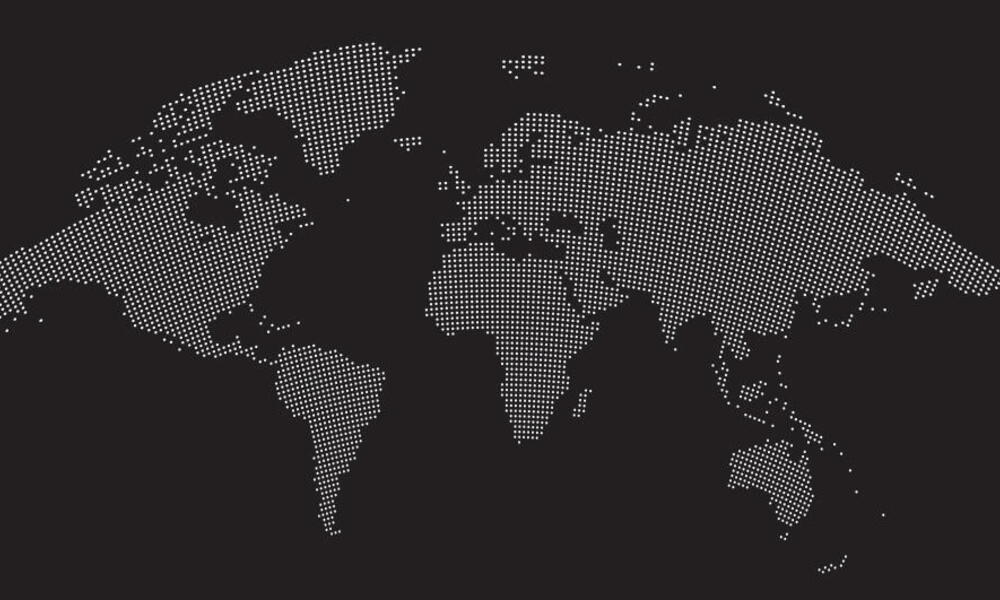Tech Saves Tigers: How WWF is Using Innovation to Protect Endangered Species and Ecosystems

In 2010, a global commitment was made: double the number of wild tigers by 2022. A bold goal, to be sure, but achieving it demanded a new approach to conservation. Traditional methods simply weren't cutting it. The World Wide Fund for Nature (WWF) and its partners realised they needed to make smarter, faster, and more targeted conservation decisions. Enter technology – a powerful ally in the fight to protect our planet's precious wildlife and ecosystems.
Harnessing the Power of Technology for Conservation
WWF is leveraging a range of cutting-edge technologies to monitor species and ecosystems more effectively. This isn't just about tracking animals; it's about understanding their behaviour, habitat, and the threats they face. Here's a look at some of the innovative tools being deployed:
- Camera Traps: These remote, automated cameras are deployed in the field to capture images and videos of wildlife. They provide invaluable data on species presence, abundance, and behaviour, particularly in areas that are difficult or dangerous to access. Advanced image recognition software can even identify individual animals based on their unique markings, allowing researchers to track their movements over time.
- Drones (Unmanned Aerial Vehicles - UAVs): Drones offer a bird's-eye view of ecosystems, allowing conservationists to survey large areas quickly and efficiently. They can be used to map habitats, monitor deforestation, detect illegal logging or poaching activities, and even assess the impact of natural disasters.
- Acoustic Monitoring: Recording and analyzing sounds in the environment can reveal a wealth of information about biodiversity. Acoustic sensors can detect the calls of birds, amphibians, and mammals, even those that are rarely seen. This data helps scientists understand species distribution, track population trends, and identify areas that need protection.
- Satellite Imagery and Remote Sensing: Satellites provide a broad perspective on environmental changes, enabling WWF to monitor deforestation, track water resources, and assess the health of ecosystems over time. Sophisticated algorithms can analyze satellite data to identify patterns and trends that would be impossible to detect with traditional methods.
- Artificial Intelligence (AI) and Machine Learning: AI is being used to analyze the vast amounts of data collected by these technologies. Machine learning algorithms can identify patterns, predict future trends, and even automate tasks such as species identification and threat detection.
Beyond Tigers: Protecting a Wider Range of Species
While the tiger conservation effort highlighted the need for technological innovation, WWF is applying these tools to protect a wide range of species and ecosystems. From monitoring whale populations in the Southern Ocean to tracking rhino poaching in Africa, technology is playing a crucial role in conservation efforts worldwide. It's also being used to protect vital habitats like rainforests, coral reefs, and wetlands.
The Future of Conservation: Data-Driven Decisions
The integration of technology into conservation is transforming the way we protect our planet. By harnessing the power of data, WWF and its partners are making more informed decisions, allocating resources more effectively, and ultimately, achieving better outcomes for wildlife and ecosystems. As technology continues to evolve, we can expect even more innovative solutions to emerge, further strengthening our ability to safeguard the natural world for future generations.
The commitment to doubling tiger populations serves as a powerful reminder of what can be achieved when science, technology, and conservation efforts unite. It’s a victory for innovation, a victory for wildlife, and a victory for the planet.






